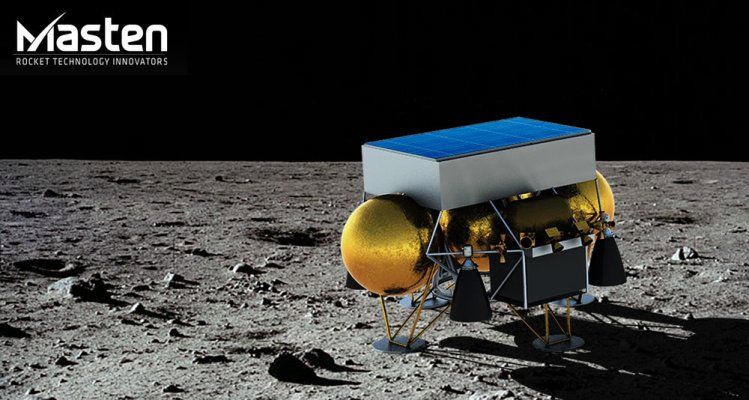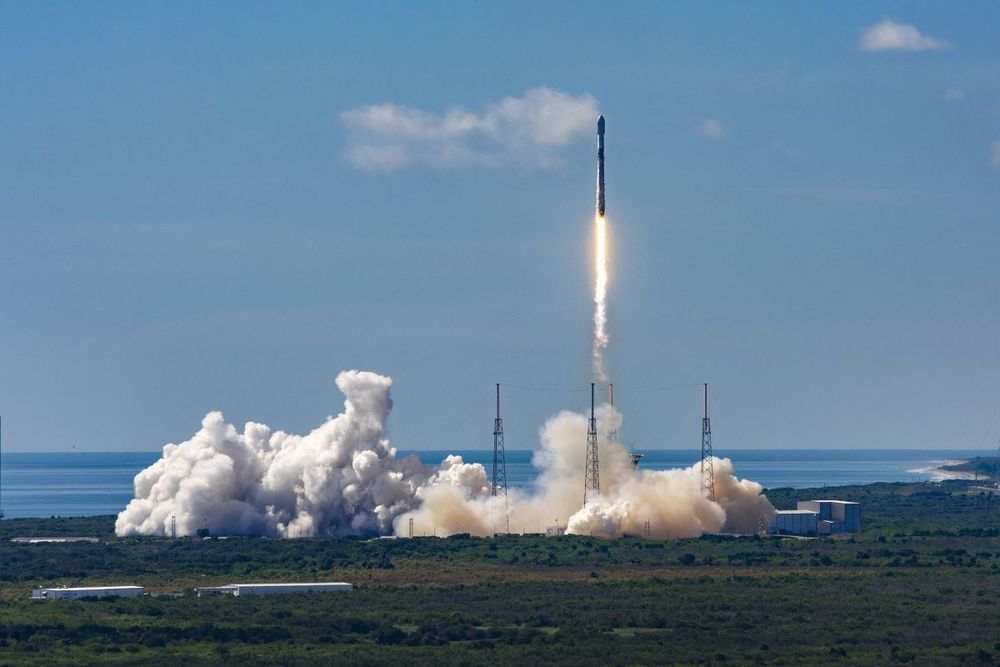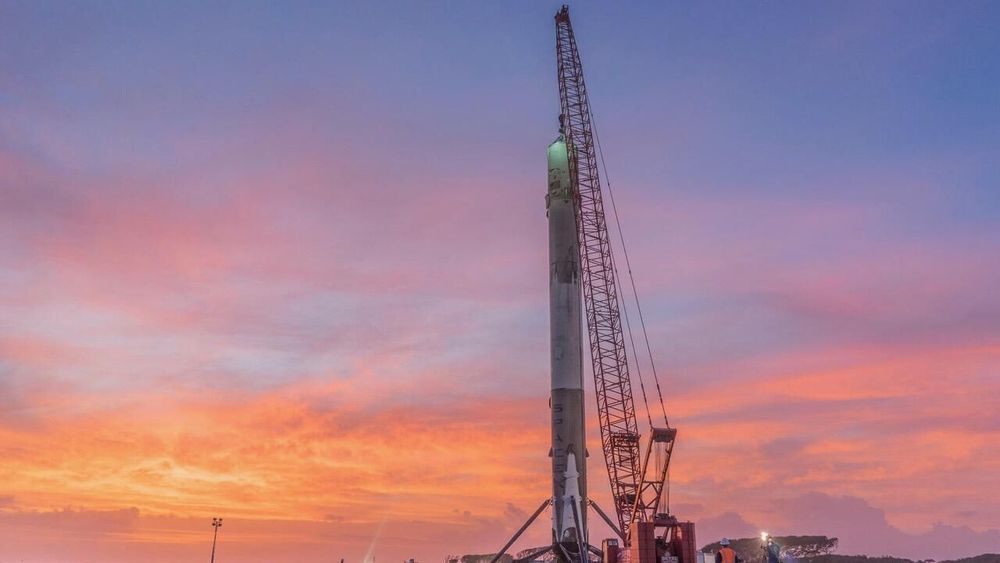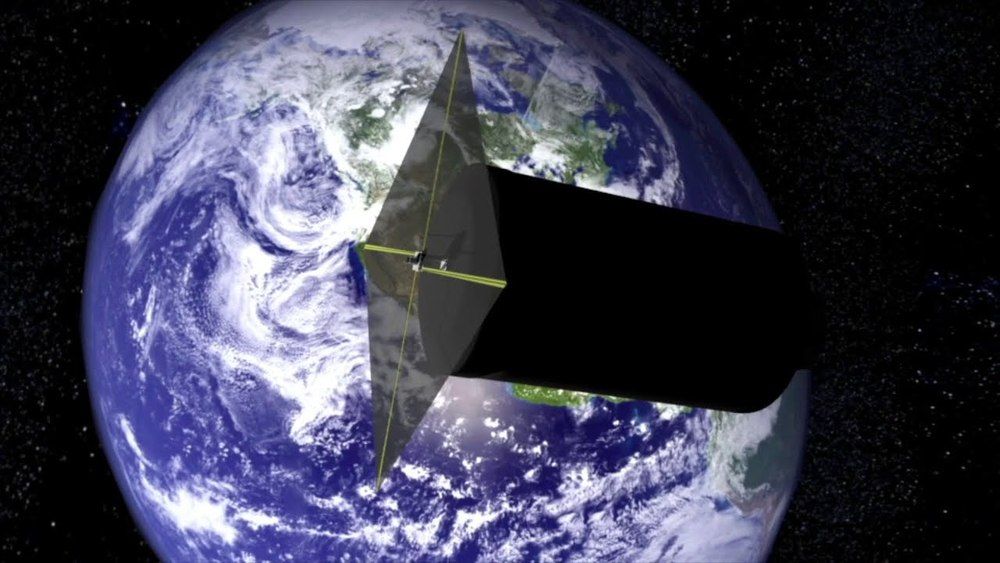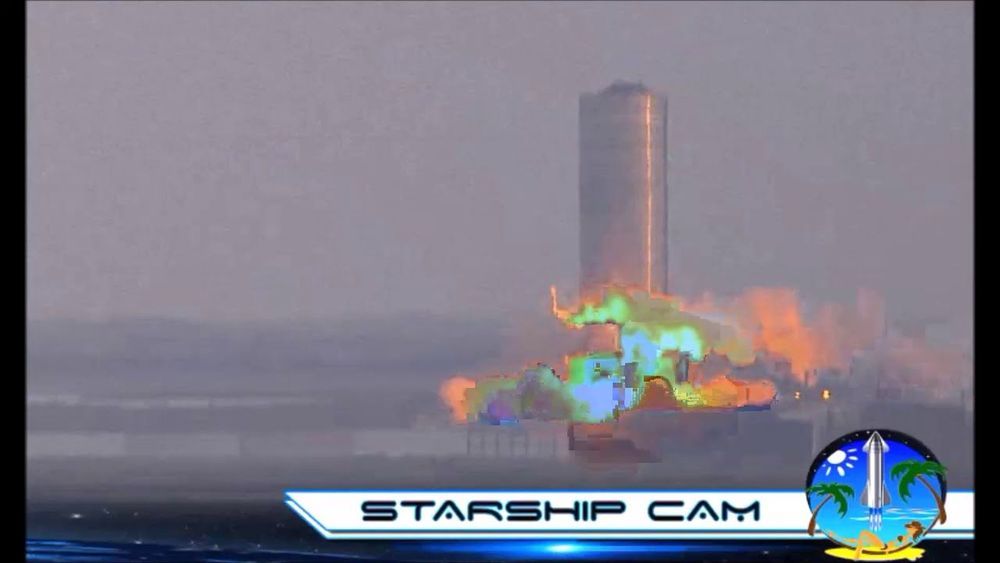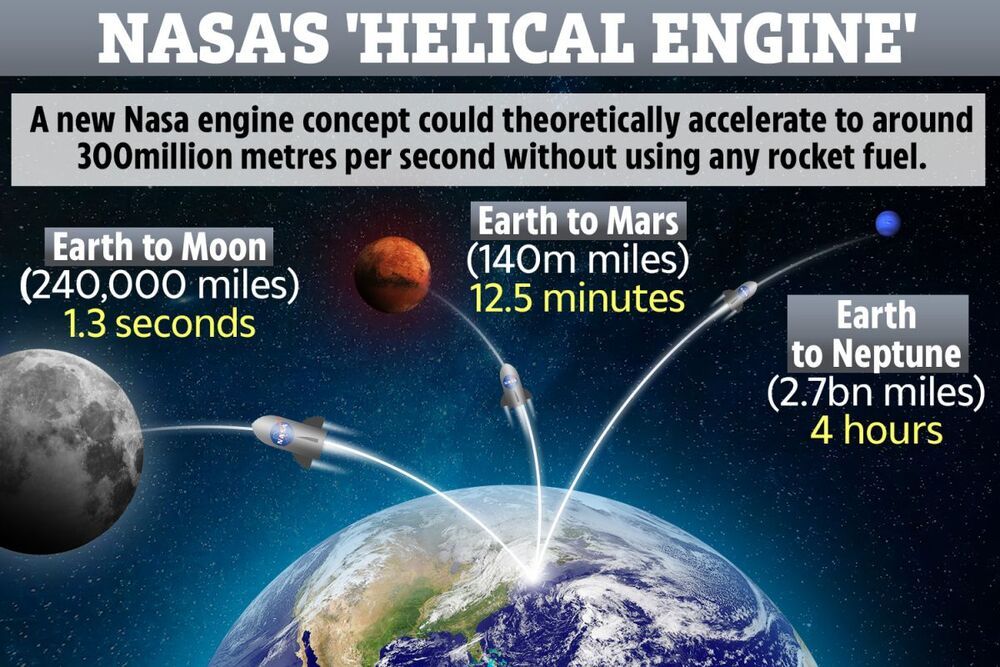Aug 26, 2020
SpaceX will launch Masten’s first lander to the moon in 2022
Posted by Genevieve Klien in category: space travel
SpaceX has secured a contract to act as the launch partner for Masten Space Systems, one of the companies awarded a NASA launch contract under that agency’s Commercial Lunar Payload Services (CLPS) program. Masten’s first lunar mission is set to take place in 2022 if all goes to plan, and will take the company’s XL-1 lunar lander to the south pole of the moon with NASA payloads on board, including scientific experimentation instruments, as well as cargo from commercial passengers.
NASA’s CLPS program is part of its broader efforts to expand partnerships with commercial space companies in order to ultimately lower its costs by sharing providers with other customers from private industry and commercial ventures. It’s also a key staging component for NASA’s Artemis program, which ultimately aims to put the first American woman and the next American man on the surface of the moon by 2024.
The science equipment on Masten’s lander will help the agency study the lunar south pole by gathering key data about the area. NASA’s Artemis III mission will aim to land in the same part of the moon’s surface, and CLPS landers will help it to be informed about the conditions and prepared with resources left in place by some of the uncrewed landers.
